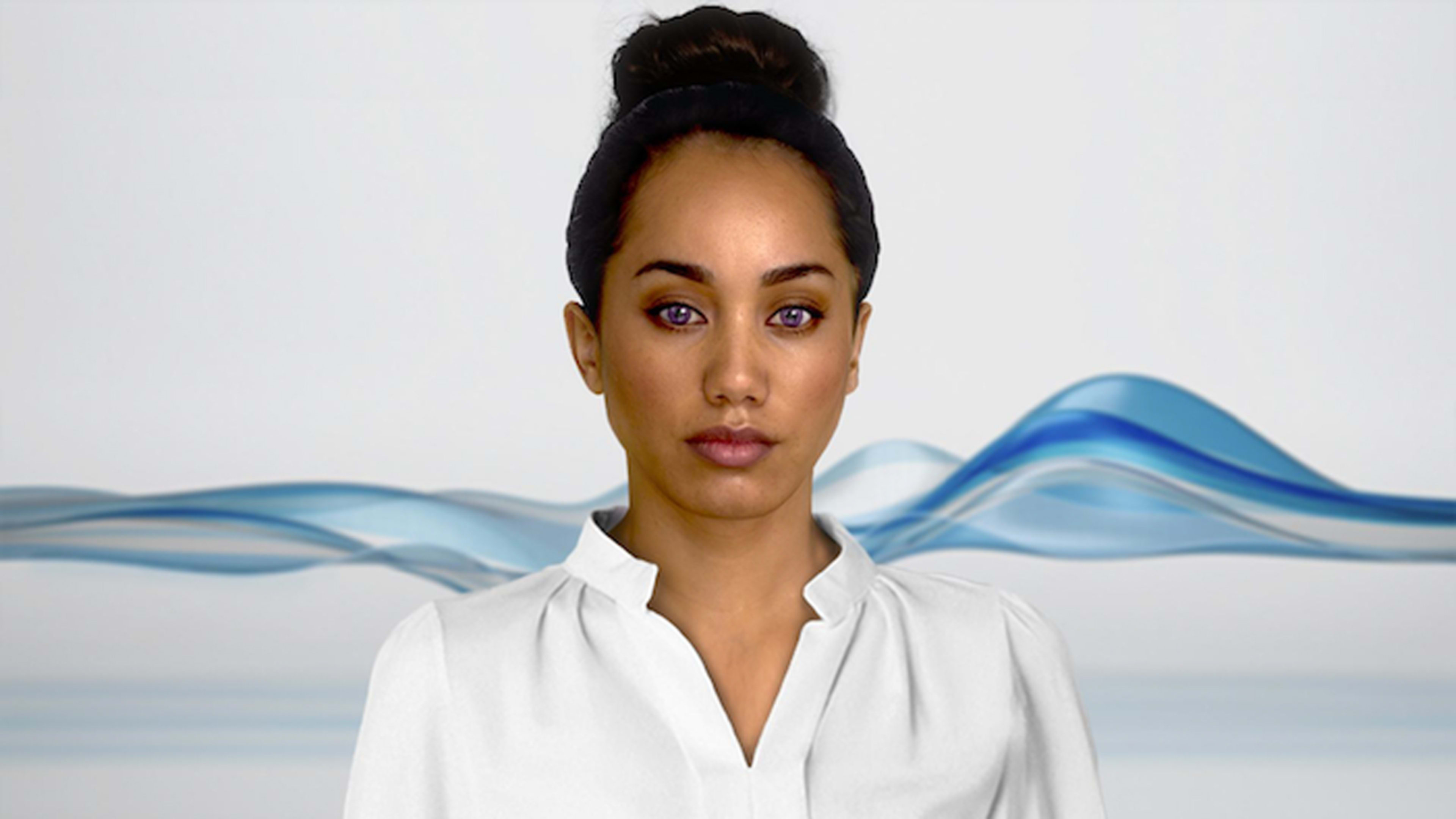Would you turn on your webcam so that a customer service robot can get to know you better?
Soul Machines, a New Zealand startup, thinks so. It builds a customer service bot with an amazingly human face and a simulated nervous system that interprets how customers feel and reacts accordingly—in part by watching them over a webcam. As I reported today, design software maker Autodesk will be the first big client to try out the technology next year—what Soul Machines calls a “digital human”—with a remake of its AVA customer service bot. (Below, a video about the creation of AVA.)
While many companies boast about personalized service but can’t afford to hire enough people (and while most existing customer service bots haven’t exactly managed to fill in the gap), Soul Machines sees an opportunity for new CGI and AI-driven techniques. AVA’s photorealistic appearance—based on scans and recordings of actress Shushila Takao—is an outgrowth of the work the company’s founder, Mark Sagar, has done as a CGI engineer for Hollywood films like Avatar; her “emotional intelligence,” guiding how she responds to human cues, comes from his AI research simulating a human nervous system in software.
AVA, says Sagar, can read cues in people’s expressions, such as a smile or a furrowed brow, to get a sense of a customer’s disposition. Are they happy and open for pleasant chat, or impatient and wanting to get to the point? Or are they just freaked out by a robot staring at them, reading their expressions and possibly classifying their emotions?
“I think that is going to be the biggest challenge of it,” Gregg Spratto, Autodesk’s VP of operations, told me about the concerns that Autodesk’s privacy-conscious users might have about a face-scanning chatbot. “And I think a lot of our success will be dependent on how we convince people to give that a try.”
AVA also provides a fallback: she’s designed to pick up nuances in people’s voices too. So even with the webcam off, she can still get a better feel, so to speak, for the human she’s talking to.
Related: The Vast, Secretive Face Database That Could Instantly ID You In A Crowd
Recognize your brand’s excellence by applying to this year’s Brands That Matter Awards before the early-rate deadline, May 3.
